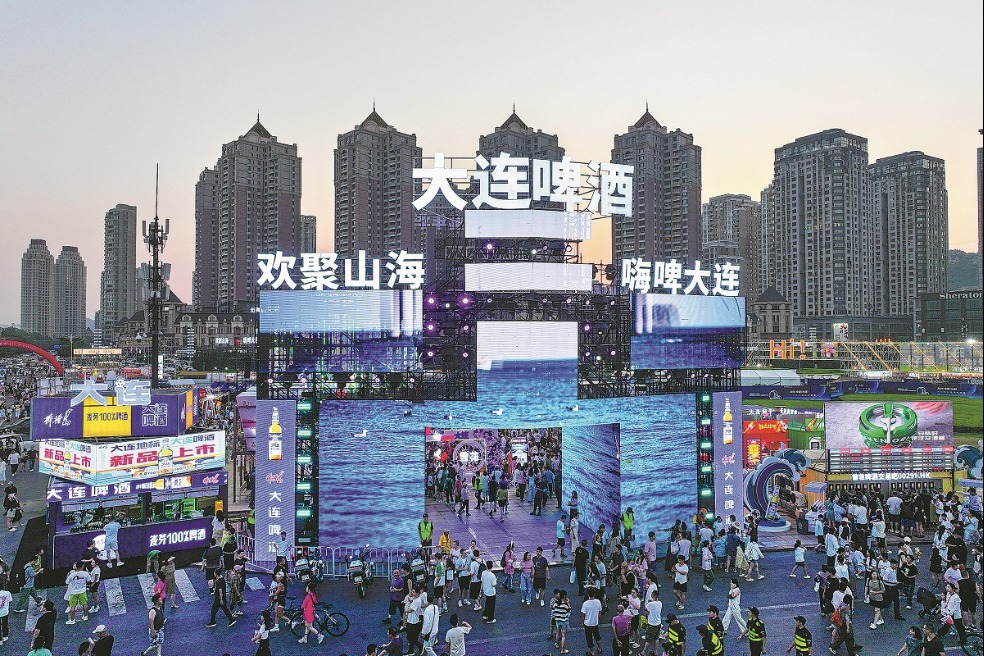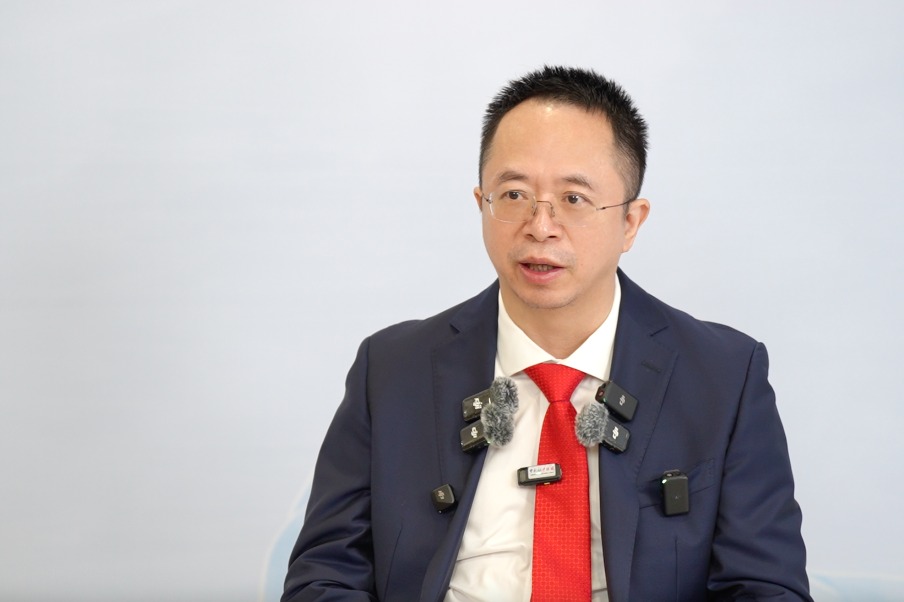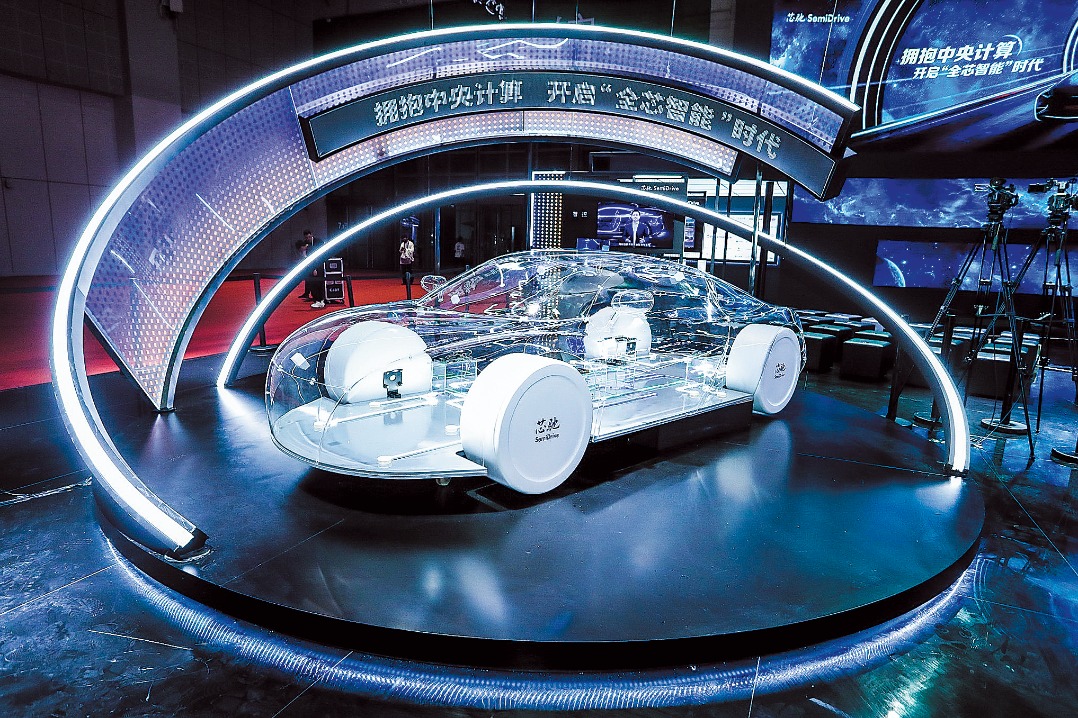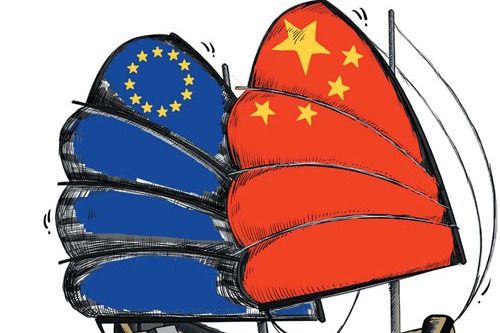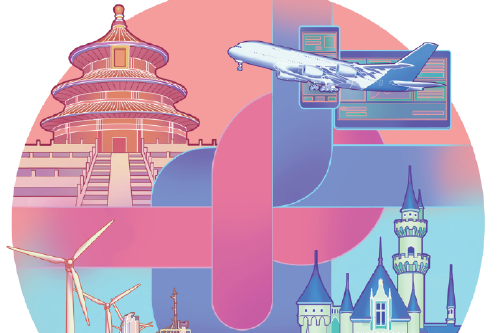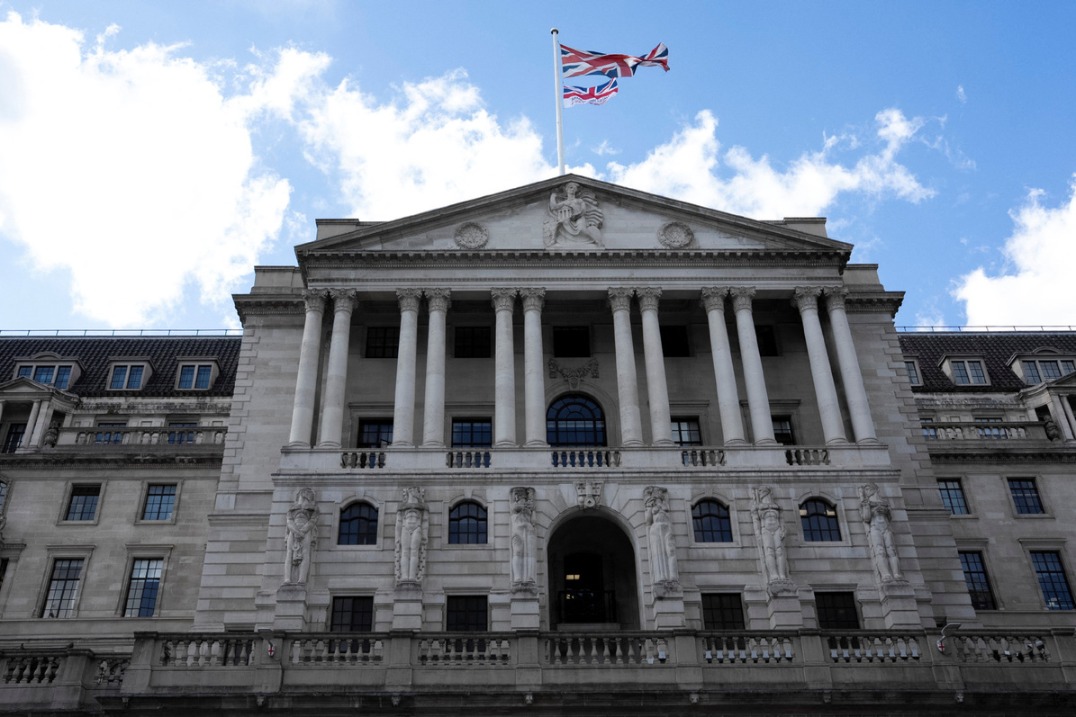Great opportunities mark 50th anniversary

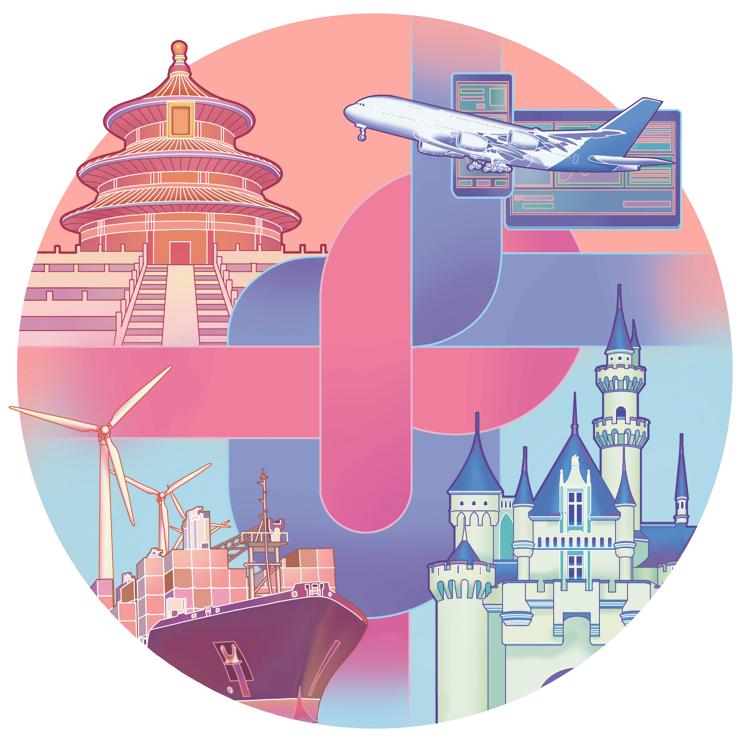
Much has changed in both the European Union and China, politically and economically, in the 50 years since they established diplomatic relations. Although neither the Chinese nor the EU economy is the largest in the world in terms of GDP, they are the biggest players in global commerce.
In global goods trade, the leadership position belongs to China, worth more than $6 trillion, followed by the 27-member EU. Many people confuse the United States' economic leadership with its assumed leadership in global trade, but that is not true.
This is also important because, in the tariff war it has launched against the rest of the world, the US has, in principle, everything to lose if the EU and China were to form a strategic partnership or even a major free trade zone, which could later be joined by the rest of the US-targeted economies.
It is important to understand that, unlike the tariff wars of the 1930s during the Great Depression, this is not a conflict of all against all, but rather of one country, the US, against the rest of the world. Therefore, the rational response should be coordinated action by the rest of the world against the US, following coordination between the two largest trading partners, the EU and China.
Yet despite being the world's two leading trading powers, trade between the EU and China is not balanced. From being virtually nonexistent in 1975, Sino-EU trade grew significantly after the turn of the century. But since the EU has always imported more from China than it has exported, its trade deficit with the Asian giant has been widening. To reduce its trade deficit, the EU could divert some of its potentially US-destined exports to China, and ensure the diversion is greater than any diversion of China's potentially US-destined exports to the EU. Such "asymmetric diversion "requires goodwill efforts from both sides.
Regarding the trade channels that should be strengthened, we have two options — the China-proposed Belt and Road Initiative and the EU's Global Gateway strategy — which can complement each other. Since more than 150 countries have signed cooperation agreements with China, including Portugal and Greece, the EU should not view the BRI with suspicion.
As for the Global Gateway, it is the EU's strategy to mobilize infrastructure investments worldwide, in order to promote smart, clean and secure connections in the digital, energy and transport industries, while strengthening the health, education and research sectors.
Although the Global Gateway strategy seeks to compete with the BRI, offering an alternative of public and private investment that is expected to mobilize up to €300 billion ($351.56 billion) between 2021 and 2027, it should be considered a complementary channel. As a matter of fact, the creation of a joint EU-China working group to enhance the complementarity of the two initiatives could be a highlight of the China-EU Summit that began on Thursday.
Beyond trade, the two sides have multiple areas of cooperation in investment. The EU-China Comprehensive Agreement on Investment, though currently frozen, has the potential to boost economic ties between the two sides. And there are at least three regions where Sino-EU cooperation could be particularly productive: East Asia and Australia, where China holds a clear leadership role; Latin America, where China is filling the void left by the US and where European countries such as Spain have a significant presence in the services sector; and Africa, which despite its geographical and historical ties to Europe, is witnessing Chinese presence in critical infrastructure.
In particular, since Africa is the continent of the future, the EU and China should work together with African countries to help build a promising future for the continent, especially because a quarter of BRI investments are focused on Africa, and the inaugural milestone of the Global Gateway was the "Africa-Europe Investment Package".
As for green development, Europe aims to become the first climate-neutral continent by 2050, while China seeks to peak its carbon emissions before 2030 and achieve carbon neutrality before 2060. These goals demand shared innovation in clean energy, electric vehicles (EVs), and sustainable agriculture. China leads in solar panel and EV battery production, whereas the EU excels in green hydrogen and sustainable architecture. Together, they can accelerate the global energy transition, and create millions of green jobs. Examples of such collaboration already exist in Envision's investments in wind energy in Spain and battery plants in Germany, with potential for more projects in Spain.
Moreover, China boasts a highly dynamic fintech ecosystem and is a global leader in AI and e-commerce, while the EU contributes robust data protection frameworks, industrial automation, and scientific research, which is suitable for the two sides to collaborate in smart manufacturing and Industry 4.0; artificial intelligence and ethical tech development; digital infrastructure in underserved regions; chip design, precision machinery and automation; and e-commerce, mobile payments, cloud computing, and research and development of AI.
China and the EU should also work together to strengthen logistics networks, including ports, railways, industrial parks and 5G infrastructure, while securing strategic supplies in semiconductors, pharmaceuticals and critical raw materials. Such a partnership is equally vital in the auto sector, covering batteries, charging infrastructure, autonomous driving, sensors, and related technologies.
Apart from pharmaceuticals, diagnostics, medical devices and biotech start-ups, significant opportunities also exist in agricultural technology, food processing and food supply chain logistics, as shown by Chinese investments in dairy and meat processing facilities across Central and Eastern Europe.
Despite their geopolitical differences, the EU and China, in the 50th year of the establishment of their diplomatic relations, have a unique opportunity to redefine their economic and trade partnership by jointly responding to challenges such as US tariffs and protectionist policies, and work together to build a new framework for governing regional and global trade and investment relations.
May the China-EU Summit lay the groundwork for a new era of cooperation — one that is as transformative as the partnership that began half a century ago.
The author is former minister of Industry, Tourism and Trade of Spain and a professor at the ICAE (Complutense University of Madrid). The views don't necessarily reflect those of China Daily.
If you have a specific expertise, or would like to share your thought about our stories, then send us your writings at opinion@chinadaily.com.cn, and comment@chinadaily.com.cn.

















